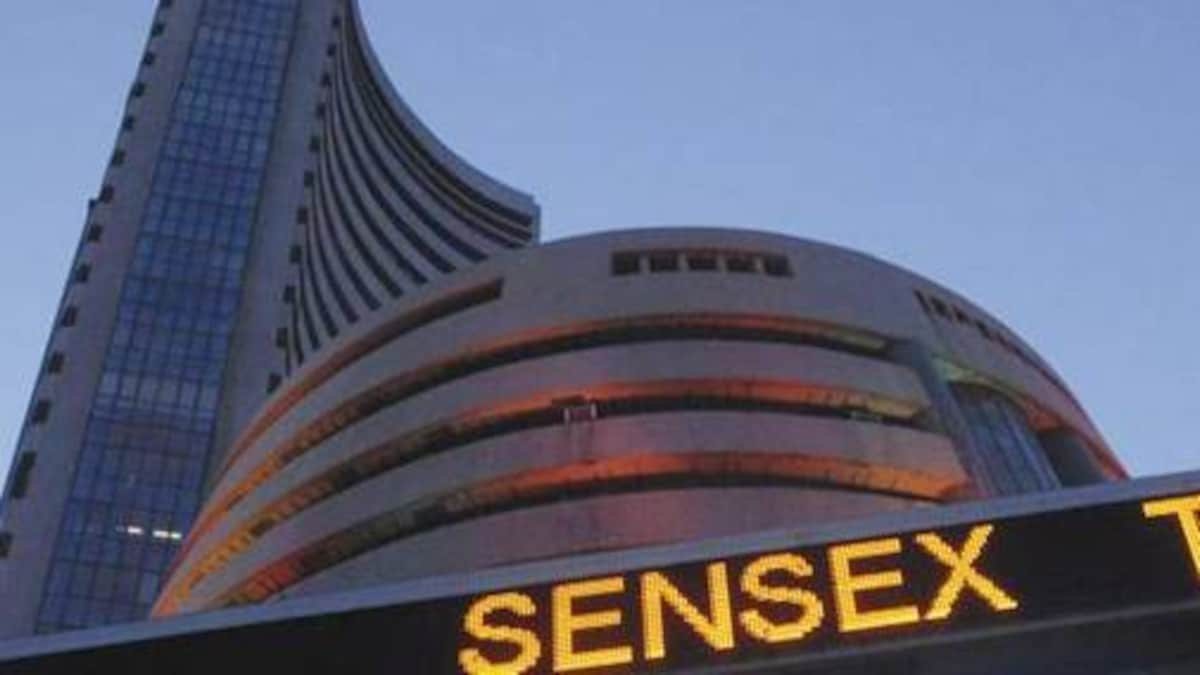Nifty Above 12,000: Where can you invest now?

Indian equity benchmark Nifty 50 has now gone back to Pre-COVID levels, and is perched at over 12,000 levels comfortably. With the US Presidential election result out over the weekend, all eyes are now on how domestic markets will behave given that the outcome of a crucial global event is now known. What should investors do now to ride the wave? We discuss smart ways to deal with the situation.
* Bullish stance
1. ETFs, index funds
For investors who want to go long on the index levels, a low-cost way is to purchase index funds and exchange-traded funds (ETFs) that track Nifty, Nifty 100, Nifty Next 50 etc. Passive investment products copy the target index, without any fuss related to fund manager and stock selection. The largest ETF is SBI ETF Nifty 50. The largest Nifty index fund is UTI Nifty Index Fund. Axis Nifty 100 Index Fund is the biggest one tracking the Nifty 100 benchmark. ICICI Pru Nifty Next 50 Index Fund is the biggest index scheme tracking the Nifty Next 50 benchmark.
2. Actively managed MFs
Equity mutual funds, which are managed by professional fund managers, are called actively managed schemes. Do note that actively managed funds cost more for the investor. Here, the stock selection and portfolio management is done by the fund managers. In the largecap space, the best 1-year largecap performers are Canara Robeco Bluechip, JM Large Cap and IDFC Large Cap. In the large & midcap product space, the best performers in the last 12-month period are Canara Robeco Emerging Equities, Axis Growth Opportunities and Mirae Asset Emerging Bluechip.
3. Hot & Cold Sectors
For direct equity investors, buying individual stocks makes more sense, although risky. But, by combining some stocks, a portfolio approach can reduce risk to a great extent compared to one-two stocks only. The fortunes of market-linked products are connected to stock, sector performance. Healthcare, IT, Telecom have been star performers in the last one year period. Smallcaps, which tanked shortly after the COVID-induced market meltdown, have also recovered. Basic materials as a sector too haven’t done badly. In the coming days, sectors that did not participate in the rally may see more investor attention. PSUs, Infrastructure, Oil & Gas, Capital Goods, Realty, Metal, Power, Banking, FMCG, Finance, Consumer Durables are some of the hitherto underperforming sectors.
* Asset allocation stance
1. Dynamic asset allocation
For those who are unsure about whether to buy equities now and how much to buy, asset allocation products can work wonders. The fear of ‘buying high, selling low’ is real today because markets are ruling near all-time highs. Dynamic asset allocation funds enable frequent adjustments to the mix of asset classes to suit market conditions in such a way that positions in the worst-performing asset classes are cut while adding to positions in the best-performing assets. The popular dynamic asset allocation funds include HDFC Balanced Advantage, ICICI Pru Balanced Advantage, Kotak Balanced Advantage, L&T Balanced Advantage, DSP Dynamic Asset Allocation, etc.
2. Multi-asset allocation
You may want equity exposure, but not standalone. Hybrid products combine two or more asset classes. Multi-asset allocation funds are a class of hybrid funds that must invest in at least three asset classes. These funds typically have a combination of equity, debt, and one more asset class like gold, etc. These funds have lesser risk than most hybrid funds as the investments are spread across multiple asset classes. The biggest multi-asset allocation funds are ICICI Pru Multi Asset, Nippon India Multi Asset, UTI Multi Asset.

